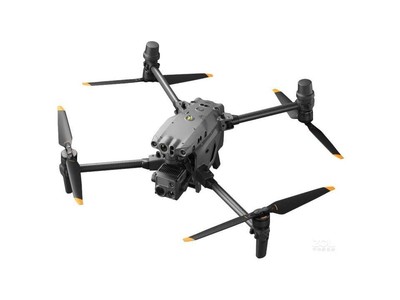Dive into the World of Aerial Videography with Video Drones
Drones have revolutionized the way we capture stunning aerial footage, opening new possibilities in filmmaking and photography. With advancements in technology, video drones now offer features that were once unimaginable. But what makes them so appealing, and what does the future hold for these incredible devices?
Let’s start by exploring the technological breakthroughs in video drones that are driving their popularity. Equipped with high-definition cameras and intuitive controls, these drones enable users to capture crisp and vivid videos from heights that were once only accessible by helicopters.
Innovative Features and Opportunities
The versatility of video drones is one of their most significant advantages. Whether you’re filming a real estate property, a wedding, or a scenic landscape, drones provide a unique perspective that elevates the storytelling experience. Many models now come with obstacle avoidance systems, intelligent flight modes, and stabilization technology that ensure smooth video outputs.
The evolution didn’t stop here. Companies are investing heavily in AI-driven capabilities, which allows drones to autonomously track subjects, recognize specific objects, and even follow predefined flight paths. This opens up endless opportunities in various fields, including live sports broadcasting, journalism, and wildlife documentaries.
Video Drones in Journalism
Video drones are not just a tool for hobbyists and filmmakers; they are finding applications in journalism too. Drones can access remote and risky locations, providing crucial live footage during events like natural disasters or political rallies. This capability minimizes danger to human operators and offers viewers an immersive experience.
The Impact on Environmental Studies
Environmental scientists are leveraging video drones to gather data on ecosystems, wildlife habitats, and environmental changes. The aerial footage collected by drones can provide insights into areas that are otherwise challenging to access, aiding conservation efforts and promoting sustainability.
Challenges and Regulatory Factors
Despite their benefits, video drones face challenges, primarily centered around regulations and privacy concerns. Governments worldwide are enforcing laws to ensure safe and responsible drone usage, often requiring pilots to obtain certifications. Additionally, privacy-related issues arise when drones capture footage over personal properties or sensitive areas.
As drone enthusiasts eagerly await advancements, manufacturers are focused on improving battery life and range, which are critical for prolonged aerial operations. Innovations like solar-powered drones or enhanced battery technologies might soon transform the industry, offering longer flights and reducing downtime.
Moreover, 5G integration is poised to enhance real-time streaming and control, bridging the gap between consumers and high-tech professional applications.
Frequently Asked Questions
Q: What should I consider before purchasing a video drone?
A: Evaluate features like camera quality, flight time, range, and ease of use. Also, understand local regulations to ensure compliance.
Q: Can video drones be used indoors?
A: Yes, but ensure the drone is equipped with obstacle sensors and stability features to navigate confined spaces safely.
Q: How are video drones contributing to environmental conservation?
A: Drones provide detailed surveying capabilities, which help in monitoring ecosystems, studying wildlife and assessing environmental changes efficiently.

The future of aerial videography is undoubtedly promising as video drones continue to push the boundaries of what’s possible, allowing both amateurs and professionals to explore new frontiers in storytelling and data gathering.